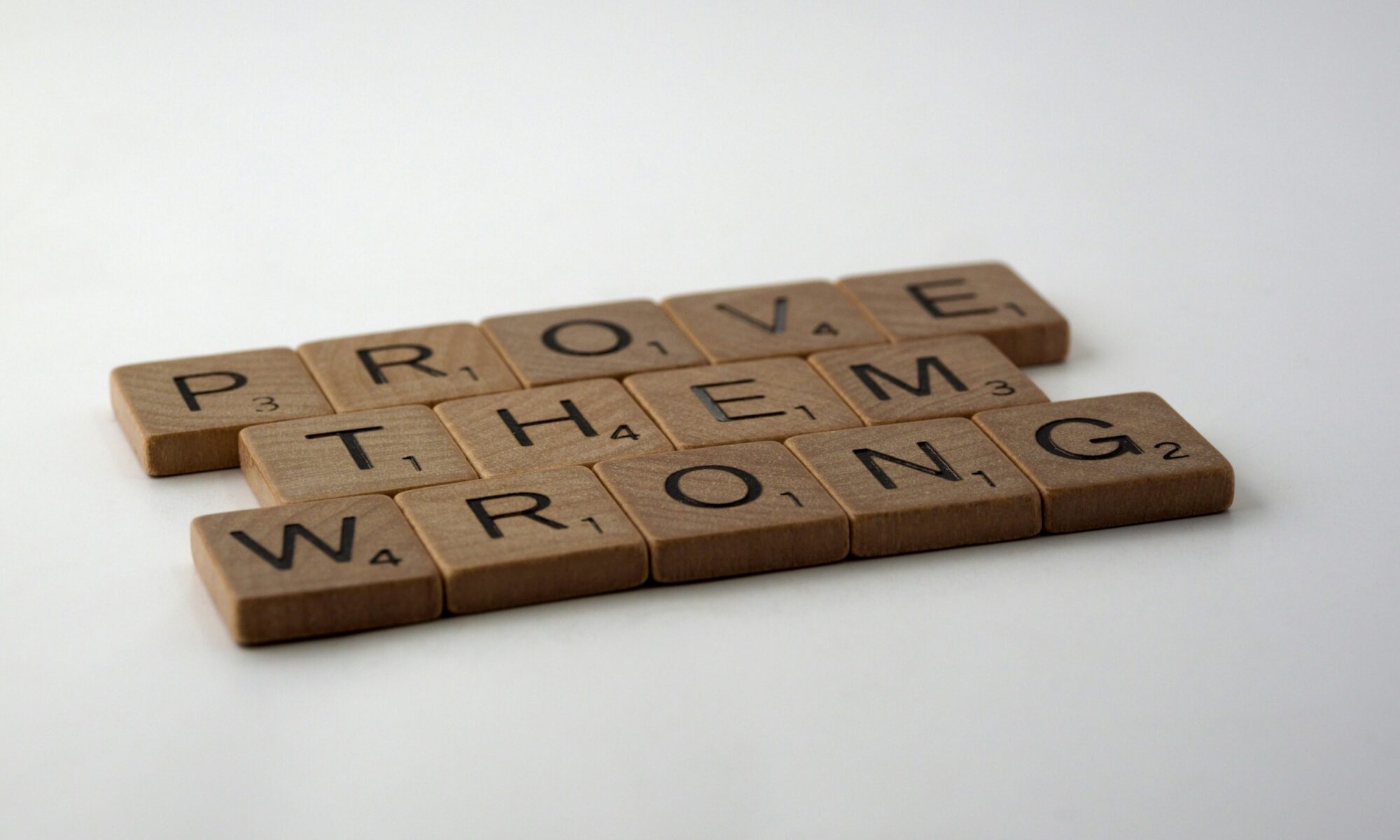I can’t imagine a more dire time.
So many involved…
So much fighting…
Deaths across the globe…
And even though some say “we won,” the past few years were grueling. Exhausting. Maybe even crippling for our country, earnestly wondering whether it’s even possible to return to civility and serenity.
But we did it.
After over 400,000 American casualties, as the soldiers came home from World War II, we learned how to do life again.
According to the insight of those who lived through the time, families began having babies; jobs were plentiful; the economy was strong; an increased push for equality began; people felt safe, and the nation was collectively hopeful.
Still, there was a residual cost to the tough years prior.
It thus makes me wonder: what will be the current, residual cost?
What have we lost?
What thing that’s “best” do we need to get back? To seek. And to find.
Fascinatingly, after WWII, one of the “almost costs” was actually trick-or-treating… almost, if not for the help of Disney, a few children’s magazines, and one of the absolute, most influential cartoonists. Ever.
The origin of trick-or-treating is somewhat ambiguous. The Halloween habit came to this country in the late 1920’s; however, in May of 1942, sugar was legally rationed due to the fact that one-third of American sugar imports then came from the Japanese occupied Philippines. As reported by The History Channel, “With deep cuts to sugar allowances (half a pound a week, 50 percent less than pre-war consumption levels), it came as no surprise that children’s Halloween celebrations had to be adjusted.”
The consumer commodity would be rationed for 5 years. “When sugar rationing finally came to an end in June 1947, the commercialization of Halloween took off. Candy companies like Curtiss and Brach wasted no time in launching their Halloween advertising campaigns. But it wasn’t just candy companies that had stock in the reemergence of these festive celebrations. As early as fall 1947, the children’s magazines Jack and Jill and Children’s Activities both featured trick-or-treating in their October issues.”
Still trick-or-treating was an “almost cost” until the talented Charles M. Schulz, the creator of the comic strip Peanuts (and iconic characters Charlie Brown, Snoopy, Linus, Lucy, Peppermint Patty and more) used his platform for healthy, appropriate social influence.
In the fall of 1951, Schulz ran three consecutive Halloween-themed strips. Always an encourager what’s best, Schulz’s artistic efforts were considered significant in trick-or-treating becoming an established American tradition just one year later.
Schulz used his time, talents and platform to encourage, unite, and spread joy. Allow me to admirably ascertain, he used his gifts for good.
As this grueling season comes to a close, may we be aware of the residual costs. May we also not be ok with them.
May we recognize that just because something has stopped — or even rationed — it doesn’t have to remain that way. We can do better. We can stop chastising those we don’t understand. We can quit typing words from our keyboards that we would never dare say face-to-face. We can resist making idols out of people or politics. And we can — and should — work to restore civility and serenity. Each of us.
“How?” one asks.
Honestly, sincerely, seriously… how?
By committing to seek what’s best, persevere, and use our gifts for good.
Respectfully…
AR
